03.02.2022
The History Behind Eye Tracking
 by Mirta Mikac, Product Manager
by Mirta Mikac, Product Manager
The origins of eye tracking
Although eye tracking is categorized as modern technology, its origins date back to the 19th century. In 1879, French ophthalmologist Louis É. Javal, together with M. Lamare, conducted an observational study to analyze visual perception in reading¹. In their experiment, the eye movements were examined with a mirror placed on the book respondents were reading. The observed reading pattern revealed that people use a combination of quick movements – saccades on some words and pauses – fixations on other words within a sentence. While such a naked-eye observational setup lacked precision, it yielded results that are up-to-date considered fundamental to reading.
A few years later, in 1908, Edmund B. Huey built the first eye tracking device as he was particularly interested in analyzing the human gaze on words readers pause on. His device was quite invasive – it comprised of a contact lens with the pointer attached to it. The pointer was changing position according to the eye movements causing great discomfort to respondents. To prevent such discomfort, Huey was administering them cocaine, which back then served as a desensitizing agent. However, his published findings in The Psychology and Pedagogy of Reading still hold value within the reading research field¹.
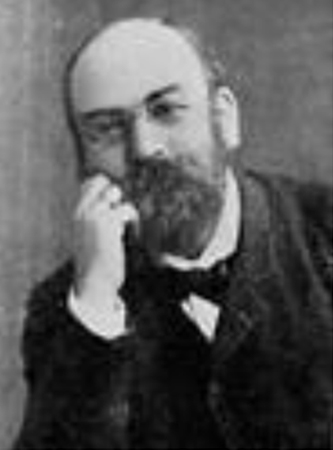
Louis É. Javal
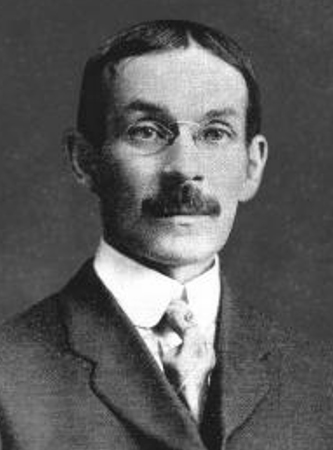
Edmund B. Huel
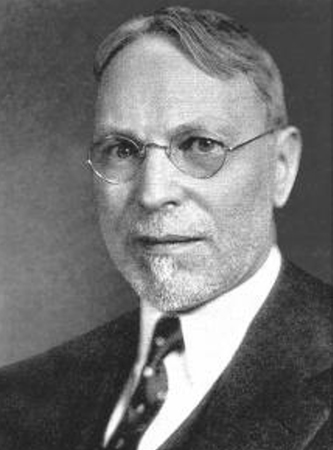
Charles H. Judd
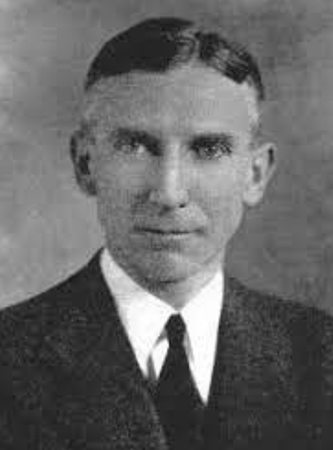
Guy T. Buswell
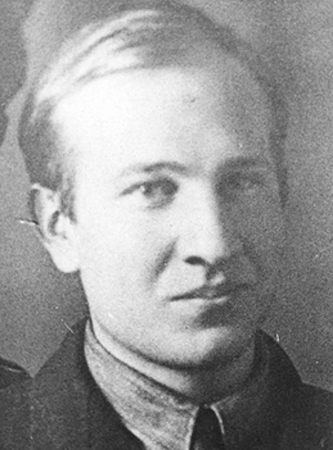
Alfred Lukyanovich Yarbus
The breakthrough in the development of eye tracking technology started with Charles H. Judd. He assembled a non-invasive eye movement camera recording horizontal and vertical eye movements. A significant limitation of his invention was the inability to register changes in eye movements when the head was not still¹. Based on Judd’s innovation, a pioneer in educational psychology, Guy T. Buswell demonstrated in his research that fixations and saccades change as a function of age and learning². In 1937, Buswell managed to record eye movements when watching images. The eye movements were photographed on the moving film.
In the period between the 1950s and 1960s, Russian psychologist Alfred Lukyanovich Yarbus performed a series of eye tracking studies which results are an important pillar of eye tracking technology. The findings showed that respondents’ eyes would move according to their interest and the given task suggesting the correlation between fixation and interest¹.
A mobile eye tracking technology originated in the 1960s and it resembled modern-day computer-based equipment. Devices were simultaneously made by the two U.S. Army research teams and enabled automatic data analysis and relatively quick processing during the experiment¹.
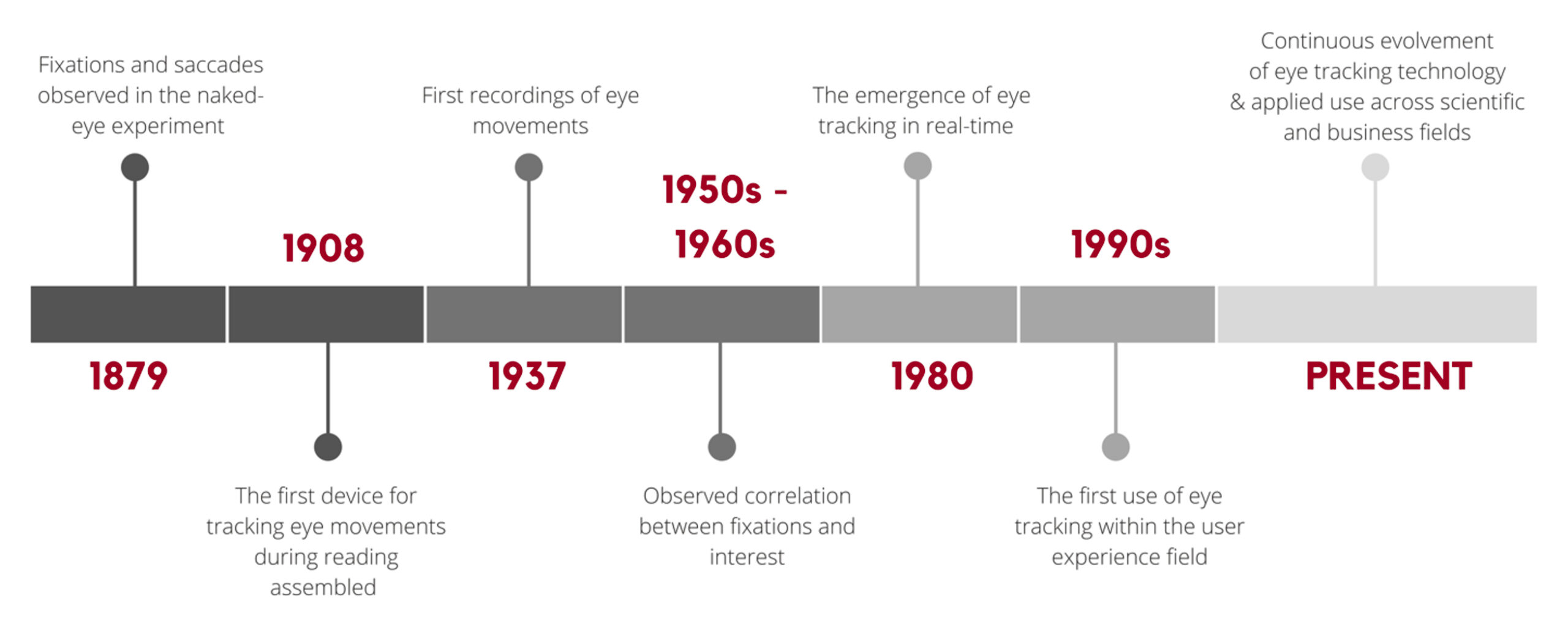
The application of eye tracking to other domains
Due to its expensive costs, in the first half of the 20th century, eye tracking was exclusively used within education and medical research fields. However, the period in the 1980s marks its expansion to the marketing domain due to the possibility of tracking eye movements in real-time. Initially, eye tracking was used for the evaluation of ads in printed magazines, while in the late 1990s, in line with the growth of online product offerings, its application extended to measure and analyze user experience on the Internet¹.
Nowadays, eye tracking enjoys extended use across different scientific and business domains. In addition to understanding eye movement patterns in reading and learning, it is a particularly useful tool within the medical field for the identification and treatment of mental and cognitive disorders. It also forms an integral part of the consumer neuroscience field where it is used for creating and evaluating marketing campaigns and consumer experiences, while its assistive application enables disabled individuals effective communication and greater quality of life. The potential of eye tracking technology is still not fully unlocked, as its widespread application depends on ongoing technological advances. Hence, at EyeLogic we are dedicated to developing a new generation of eye tracking devices allowing deeper insights into human behavior.
1
Pluzyczka, M. (2018). The First Hundred Years: A History of Eye Tracking as a Research Method. Applied Linguistics Papers, 25, 101-116.
2
Wade, N.J. (2010). Pioneers of eye movement research. Iperception, 1(2), 33-68.
Photo of Louis É. Javal: Duke-Elder S., & Wybar K. (1973). Ocular Motility and Strabismus. St. Louis: CV Mosby, p.417
Photo of Edmund B. Huey: www.readinghalloffame.org/edmund-burke-huey-inducted-1978
Photo of Charles H. Judd: www.readinghalloffame.org/charles-hubbard-judd
Photo of Guy T. Buswell: www.readinghalloffame.org/guy-t-buswell
Photo of Alfred Lukyanovich Yarbus: Yarbusova, F. (2015). About My Father Alfred Lukyanovich Yarbus. Perception, 44, 833-836.
